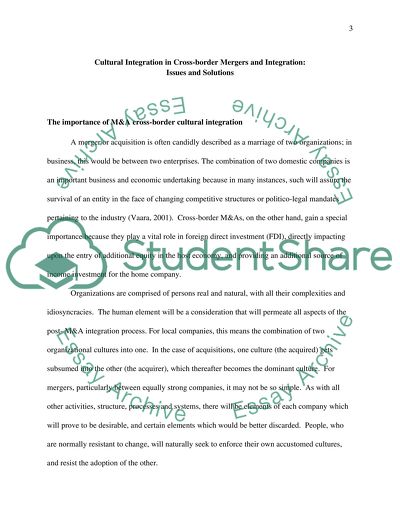Cite this document
(“M & A Coursework Example | Topics and Well Written Essays - 3000 words”, n.d.)
Retrieved from https://studentshare.org/finance-accounting/1408771-m-a
Retrieved from https://studentshare.org/finance-accounting/1408771-m-a
(M & A Coursework Example | Topics and Well Written Essays - 3000 Words)
https://studentshare.org/finance-accounting/1408771-m-a.
https://studentshare.org/finance-accounting/1408771-m-a.
“M & A Coursework Example | Topics and Well Written Essays - 3000 Words”, n.d. https://studentshare.org/finance-accounting/1408771-m-a.


